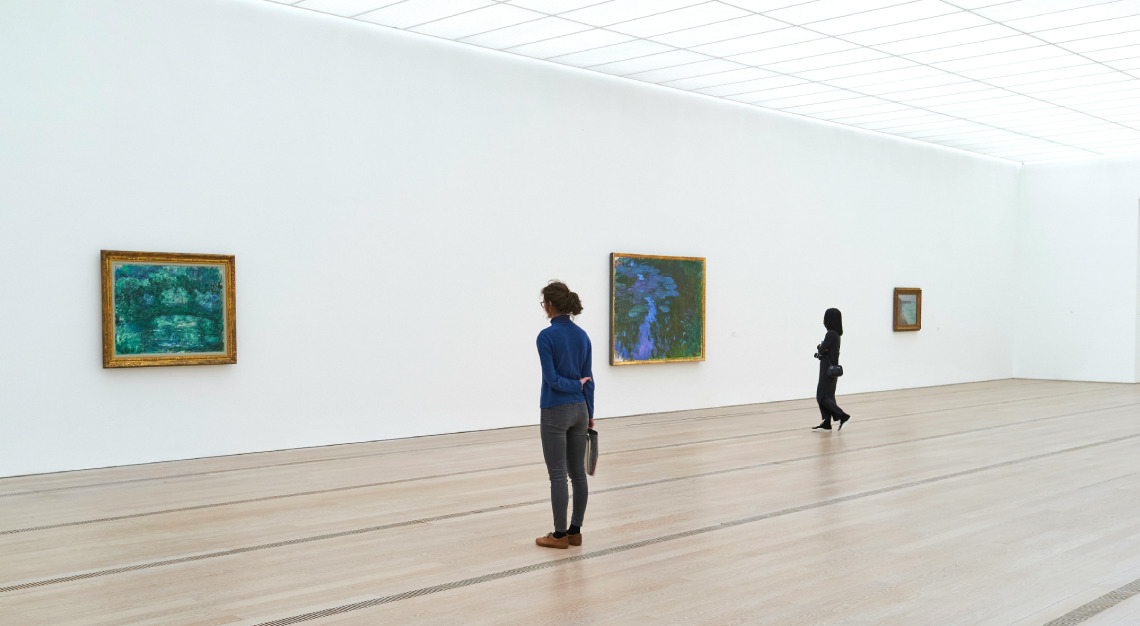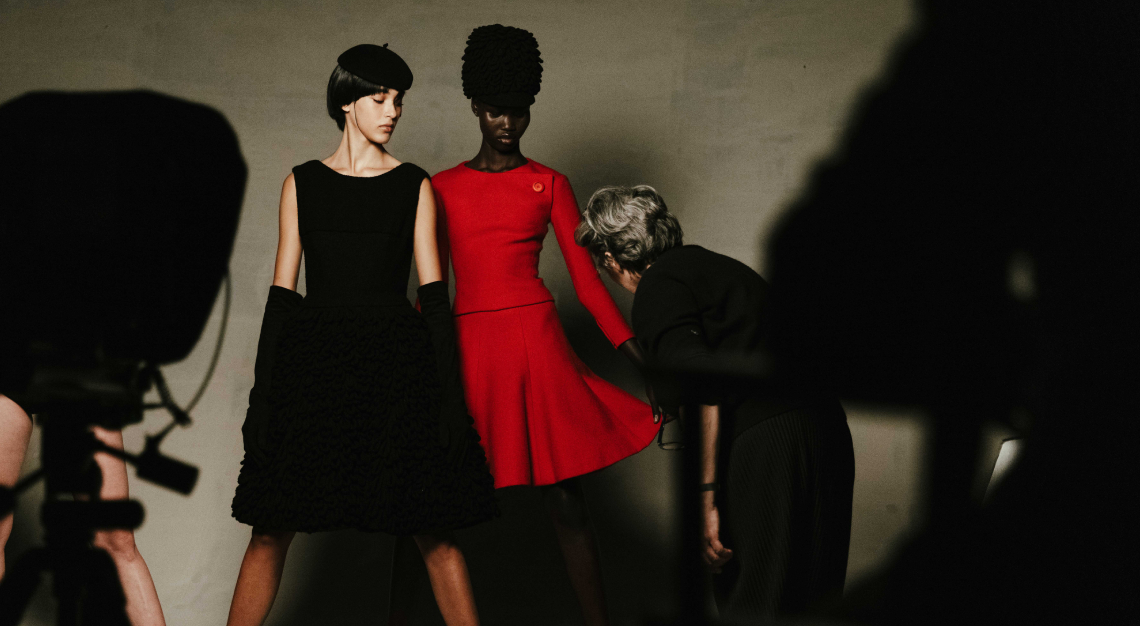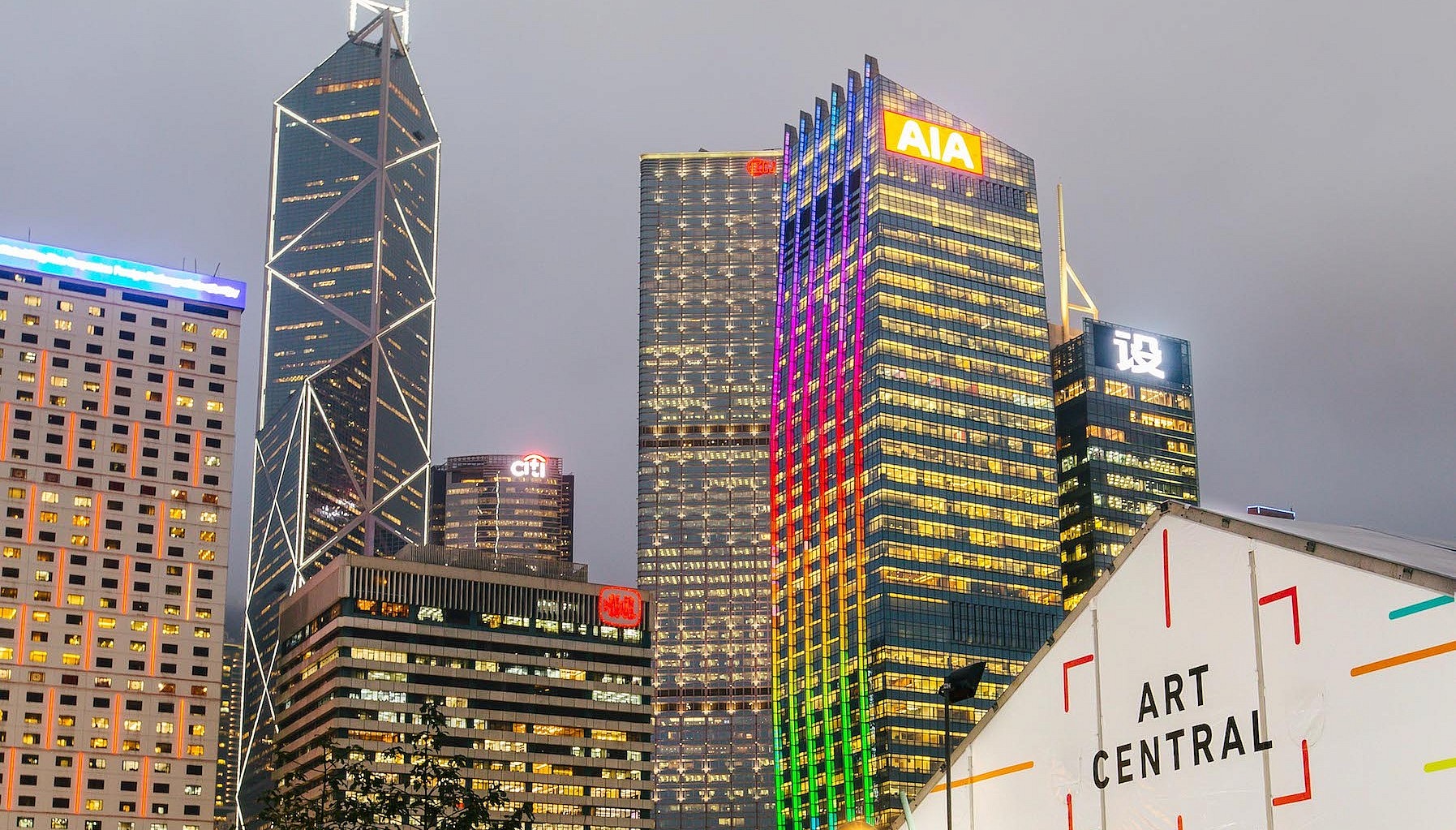Global art sales dipped 12 per cent in 2024, but a new generation of value-driven collectors is reshaping the market, according to the Art Basel and UBS Art Market Report 2025
In the shape-shifting realm of fine art, 2024 marked a year of gentle recalibration. According to The Art Basel and UBS Global Art Market Report 2025, global sales slipped 12 per cent to US$57.5 billion—marking a second consecutive year of decline, largely due to restraint at the very top end of the market. While marquee transactions thinned out, momentum gathered in more accessible price bands, revealing a quieter, but no less telling, form of resilience.
Indeed, value may have contracted, but volume told a different story: up 3 per cent, with 40.5 million transactions recorded. Smaller dealers—particularly those with turnovers under US$250,000—posted a robust 17 per cent growth, reflecting a wider shift towards mid-market and entry-level works. Online sales held firm at 18 per cent of the total market—still well above pre-pandemic benchmarks.
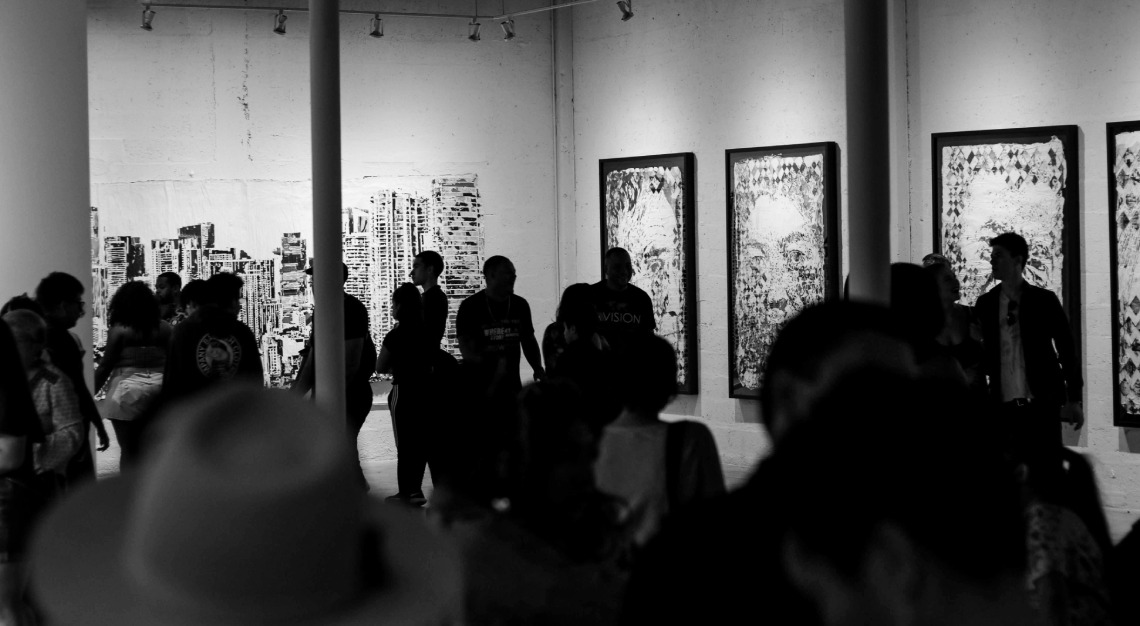
The United States retained its lead with a 43 per cent share of global sales. The United Kingdom climbed to second with 18 per cent, as China’s share fell to 15 per cent following a 31 per cent contraction—dragged down by macroeconomic headwinds, a cooling property market, and the ebbing of post-lockdown enthusiasm.
Auction houses, too, felt the squeeze. Public sales fell sharply—down 25 per cent—while private transactions rose 14 per cent, underscoring a growing preference for discretion and control. With supply tightening at the top, private sales are no longer a sidebar—they’re the main act.
Meanwhile, art fairs held their ground. In 2024, they accounted for 31 per cent of dealer sales, with overseas fair activity nudging upward. The appeal of face-to-face encounters, now complemented by digital tools, suggests the hybrid model is here to stay.
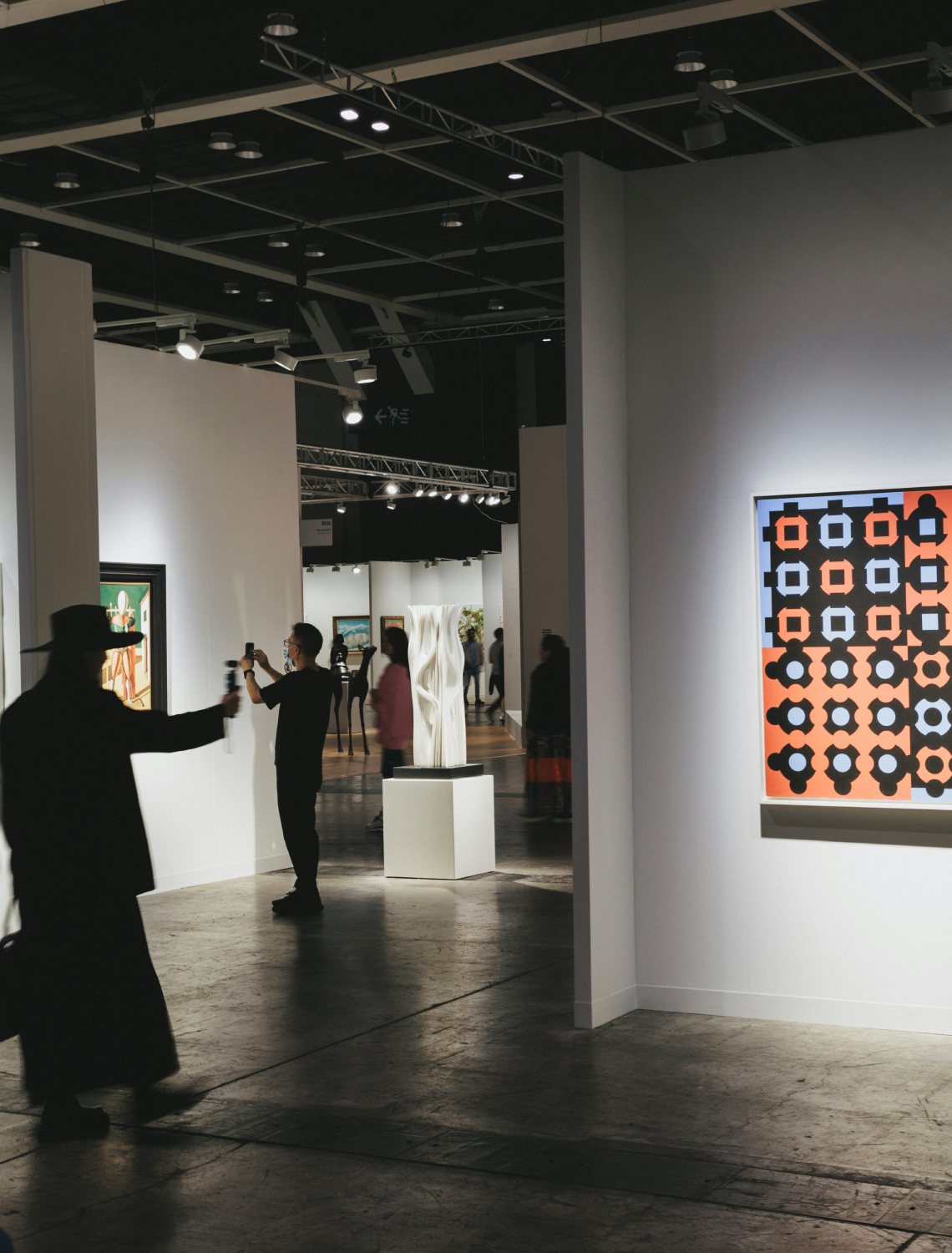
As for 2025, the outlook is measured but hopeful. “Wealthy collectors are taking more time to research and reflect, and when they purchase, they do so with specific intentions,” says Christl Novakovic, chair of the UBS Art Board. With some US$84 trillion set to change hands over the next two decades, she notes, a new generation of collectors is emerging—guided less by prestige and more by purpose.
Noah Horowitz, CEO of Art Basel, concurs: “Looking ahead to 2025, there is cautious optimism within the market as buyers and sellers calibrate the terrain and reorient themselves to opportunities across the global landscape.”
In a market once defined by spectacle, today’s collectors are favouring substance. The art world may be adapting to shifting winds, but its cultural gravity remains undiminished.
